











«To curl up belongs to the phenomenology of the verb to inhabit, and only those who have learned to do so can inhabit with intensity», says Bachelard in his book “The poetics of space“.
The landscape of Kaiafas constitutes a land, untouched by human hands, which sprawls along the bay of Kyparissia and acts as an important migratory station that hosts a plethora of birds. The pinewood, the lake, the beach, the sea, the sand dunes trigger a feeling of exploration and leads to wander in the vast landscape. During those saunters, the sound of birds chirping is there as a constant reminder of the inseparable relationship we have with nature.
Using the architecture as a tool, I will try to redefine this relationship between nature and man, between the natural and the artificial. The landscape, its occupancy by nature, the human body and the physical experience forms the procedure leading to my proposal.
A research is being carried out on how the birds inhabit the landscape. The concept of «curl up» is the connecting link between man and nature. How Bachelard’s ‘to curl up’ can be transcribed into something?
All this research is translated into an architectural proposal and creates a scenario of ephemeral inhabitation. The proposed structures are being placed in the pine forest, the lake, the dunes and the reeds that surround the Lake of Kaiafas. The chosen places were selected on the basis of observations gathered on the curling up - nesting areas of the birds in the region. These will serve as shelters for wanderers, travellers, hikers, naturists. Each one of them will be provided with equipment, in a form of a kit, which can then be assembled, and compose a chair or a lounger that can be placed in the larger architectural constructions, in special designed sockets.
The purpose of this project is the total immersion of the visitor in the natural enviroment making him experience the different landscapes of the lake, through his interaction with the different constructions, which are harmless to the natural landscape and fully adapted into it, while they allow nature to inhabit them and bond with them, forming one inseparable entity.
Supervisor: Gavrilou Evelyn
Reference Number: 710


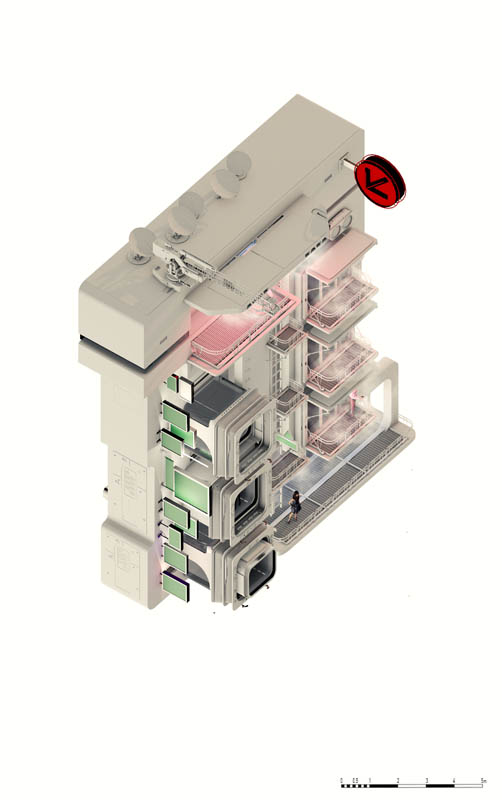

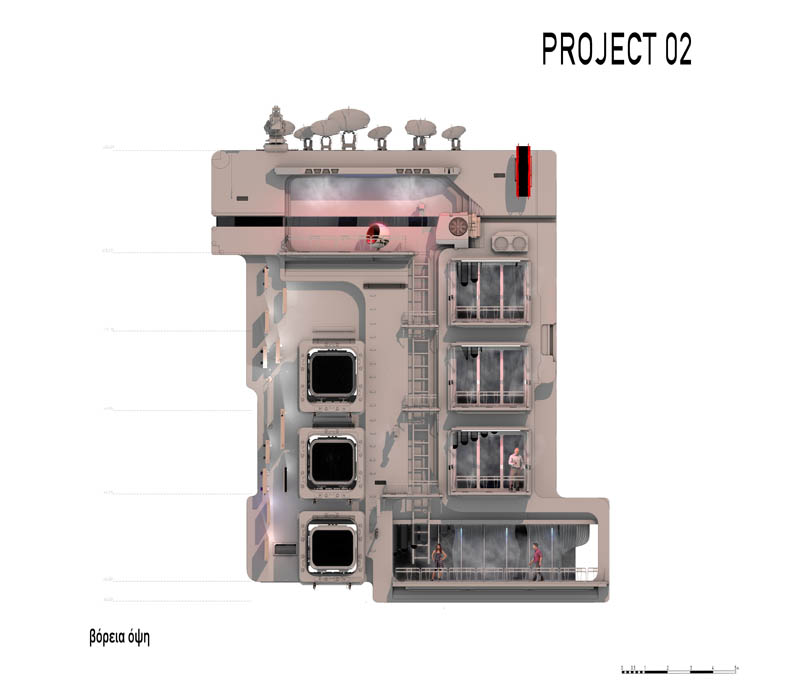

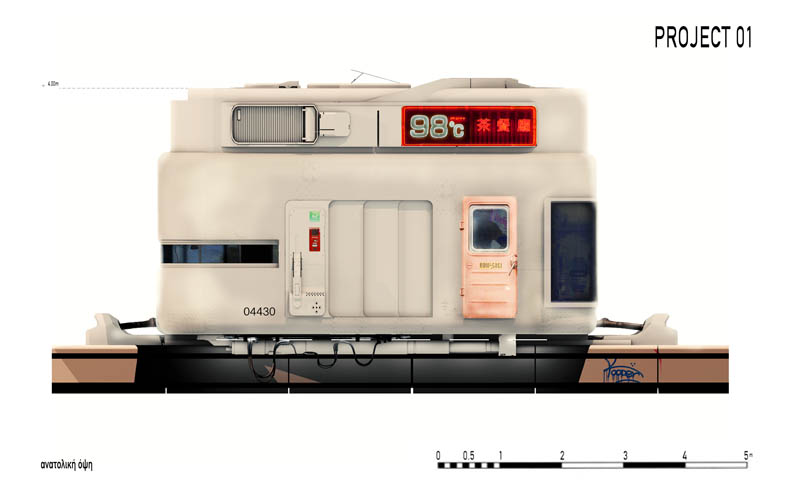



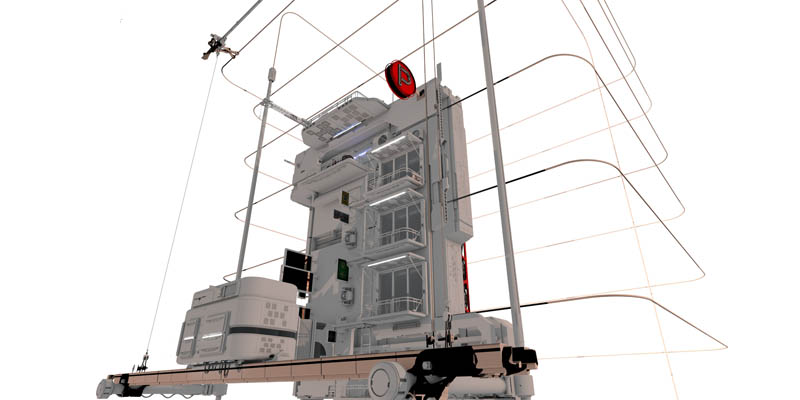

In the context of diplomatic work, a wide range of architectural typologies and functional prototypes are being studied and approached in the future residential environments of Athens, highlighting urban complexity. The interest focuses on the multiple times and frequencies of the city itself, which is constantly ostensibly. Lending on William Gibson’s phrase, “the future is already here, but it is not uniformly distributed, the future can be many and not one, in different regions with different needs and with other scales”, in the city of Athens the future arrives but at different speeds. So regions accept the future faster and others slower. In Greek cities, and more specifically in Athens, an alternation of spatial relations is created, thus transforming the times into information and transfer sponges in the same urban landscape.
A new architectural dictionary is being explored in the urban fabric of Athens starting from the place, showing the scales of the phenomenon of the future in the present. Local neutrality plays an important role in exploration and acts as a means. The aim is to identify the new roles of today’s city and their emergence. Transferring them in the future, attempting to transform and magnify them is attempted, as in the end they are repositioned in the present city, forming imaginary scenarios within the limits of fiction, highlighting tomorrow’s needs today.
Taking as a starting point the scale of operations and contacting the Central Idea: It is proposed to design four residential programs - functions originating from the typical Athenian block (building block):
(a) the movable room, (b) the new face, (c) the glass arcade, (d) the metal tower.
Supervisor: Papadopoulos Spiros
Reference Number: 678
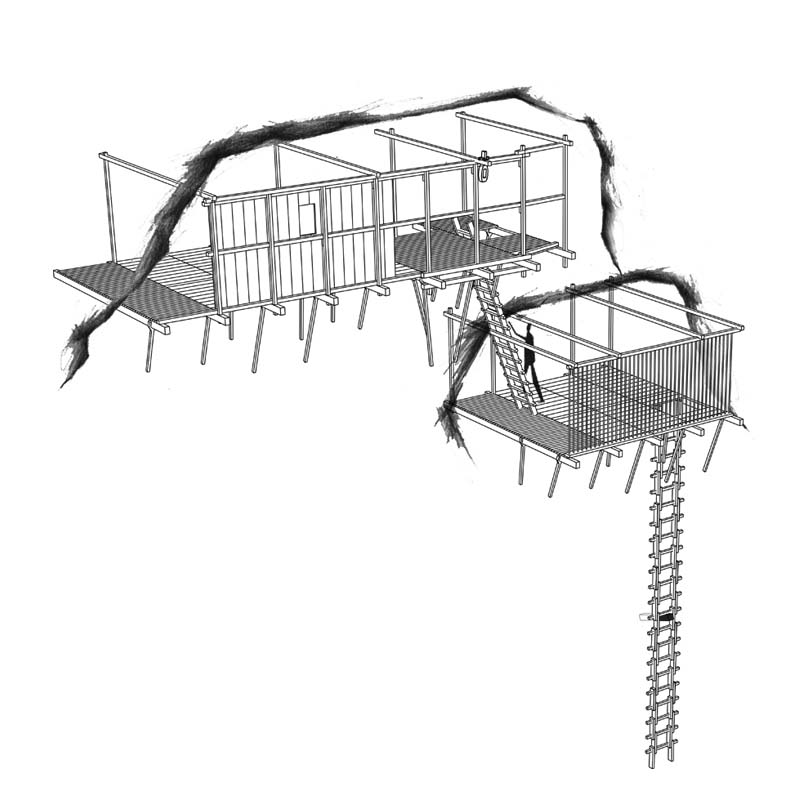

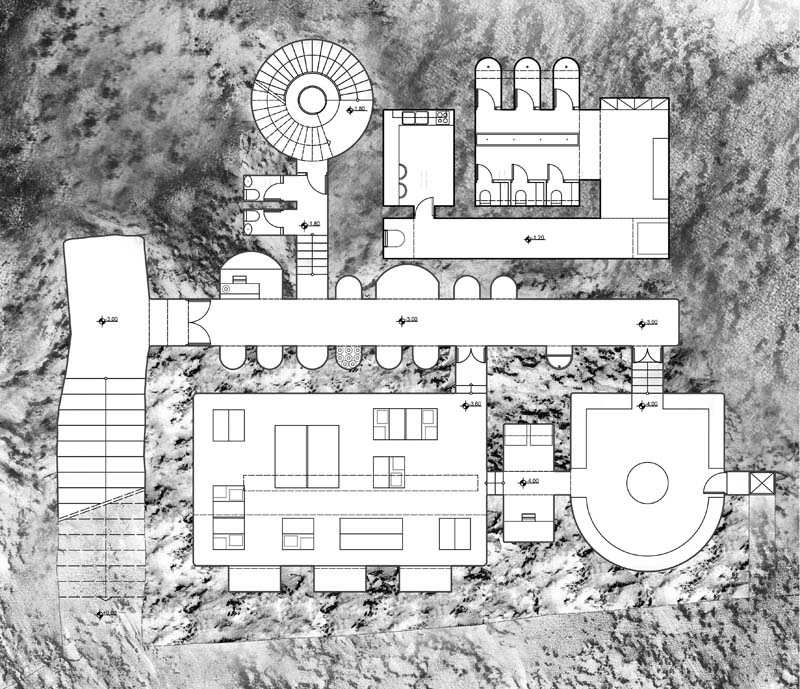

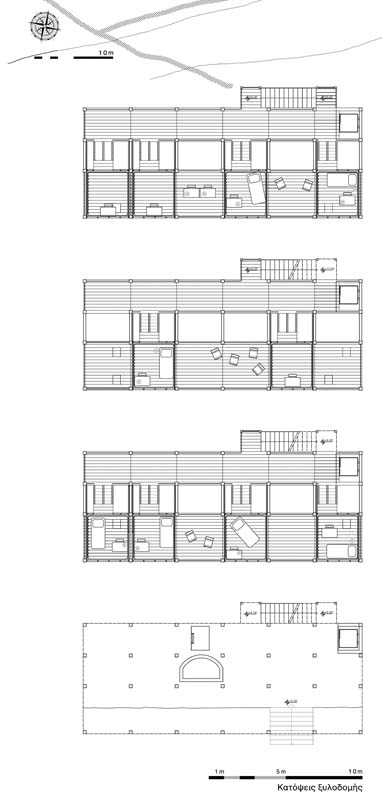

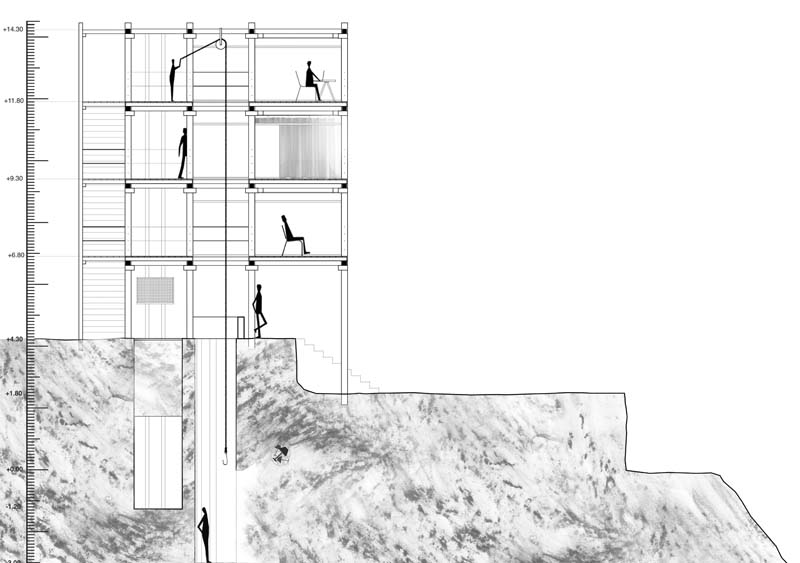

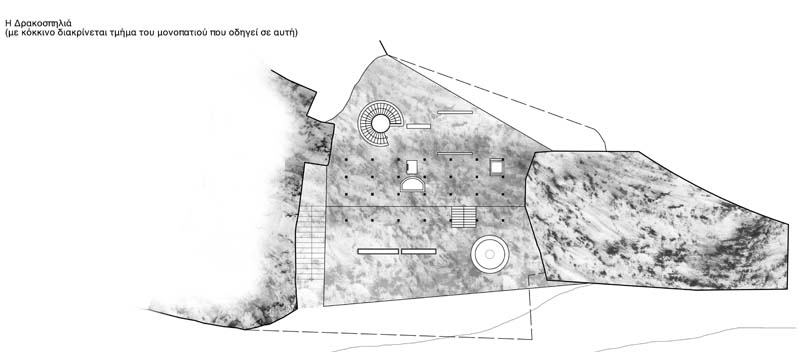

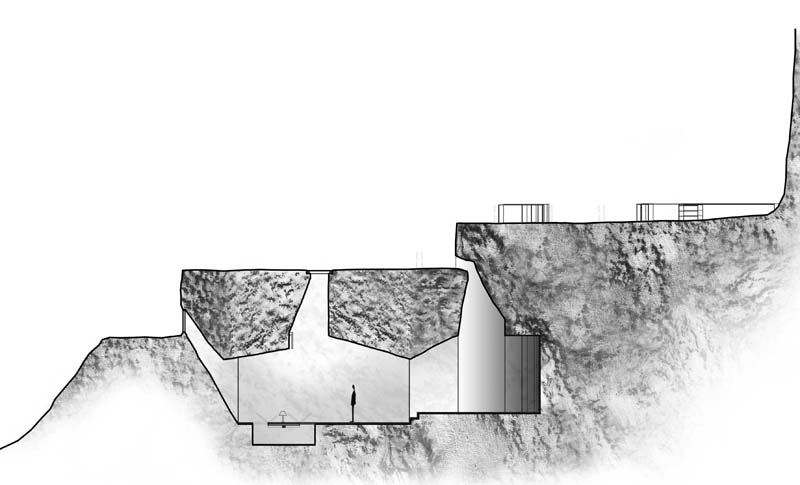

Since 1988 Meteora are considered a World Heritage Site of UNESCO. Both geologically and culturally Meteora is a space of a great interest. Although, some parts of them remain unknown to most of the people. For example, an unknown part is the Construction techniques and other details of the primary religious structures that were developed by the eremits when they first came to Meteora. Therefore, the first part of this Thesis is the analysis of the structure principles and the ambiance that they create. The second and last part, is the proposal for the creation of a carved Lab and a wooden structure inside the cave of Drakospilia. At the Lab, lessons of Calligraphy are provided to visitors who seek for an unusual experience in Meteora. The site is historically connected to Calligraphy, given that opposite Drakospilia was the Monastery of Calligraphy where the monks were writing various texts using the technique of Calligraphy. Also, in the Lab there is the digitization space for the old texts and books and another space where these texts are being collected. Digitized texts can be perused by researchers and can be translated in different languages. So the Lab is inviting all those translators-researchers who would like to deal with these ancient texts and gain an authentic experience of the place. Above the carved Lab there is the wooden structure. This is a three-storey building that functions as the accommodation for the researchers. The idea is that as long as they offer their work, they are given a very special form of accommodation inside the cave. Both the wooden structure and the carved Lab follow some of the ancient principles that I have detected in Meteora. The new spaces do not host a religious program but are perfectly connected to the ambiance of Meteora and its fundamental concepts.
Supervisor: Mitroulias Giorgos
Reference Number: 687


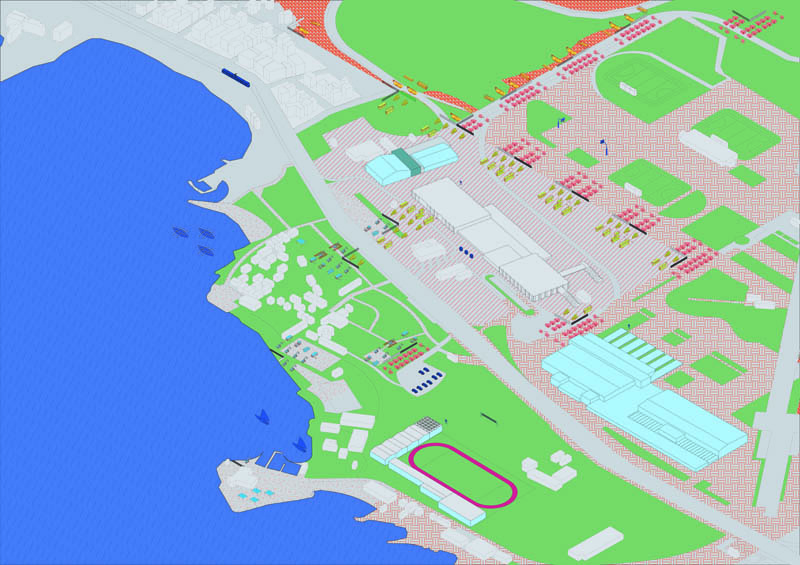

The basic principles of this thesis are the thoughts that the city has as many aspects as its observers, the direct relation of human desire to the natural and urban environment, and the irreplaceable relation of man to apparatus-machines. More specifically, we use the area of Hellenikon as an example of a design strategy that includes the recording of the wishes of all involved actors in the region and the reduction of registered wishes in machines, tools and equipment that would be capable of fulfilling them. Therefore, the fantasies for the region are interpreted as investment/entertainment, training, excavation, flight, protest, and are strategically introduced at Hellenikon, creating a situation where all competitive desires coexist, interact and adapt. The scenario presupposes the maintenance of the area as it is, without any building intervention. Only machines, light metal constructions and periodic activities are thought to be capable of representing the conflicting fantasies and activating the region.
In the cultures of the past machines were created where they laid the foundations for the later ones. It is therefore impossible to imagine today's era without all of these inventions, some of which would hardly be believed to have been created so many thousands of years ago. The first part of thesis is therefore a historical reference to the originator machines that inspired the later choice. The second part explores the history, facts and general information of Hellenikon. The third part concerns the positioning strategy of machines, complementary constructions and tools as well as the mode of operation of the theme park proposed.
Supervisor: Tzirtzilakis Yorgos
Reference Number: 675


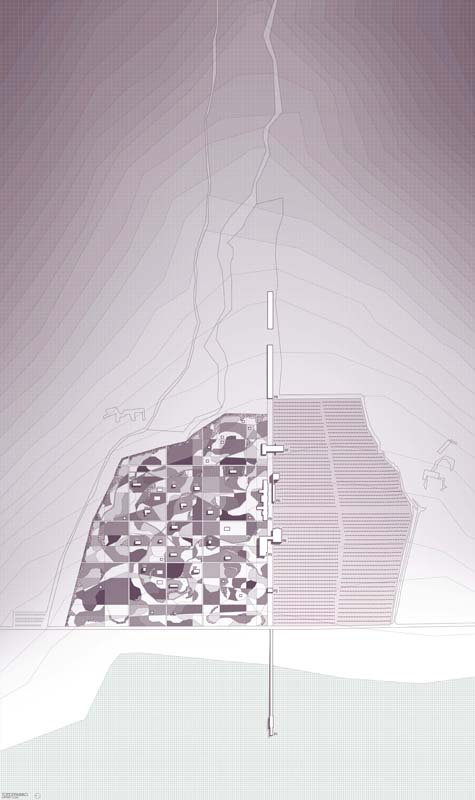





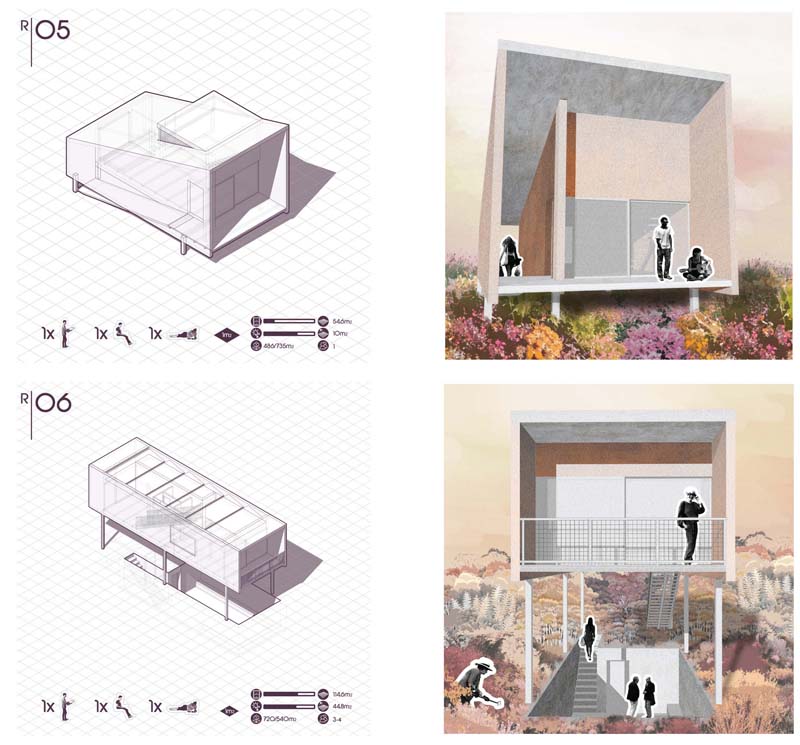

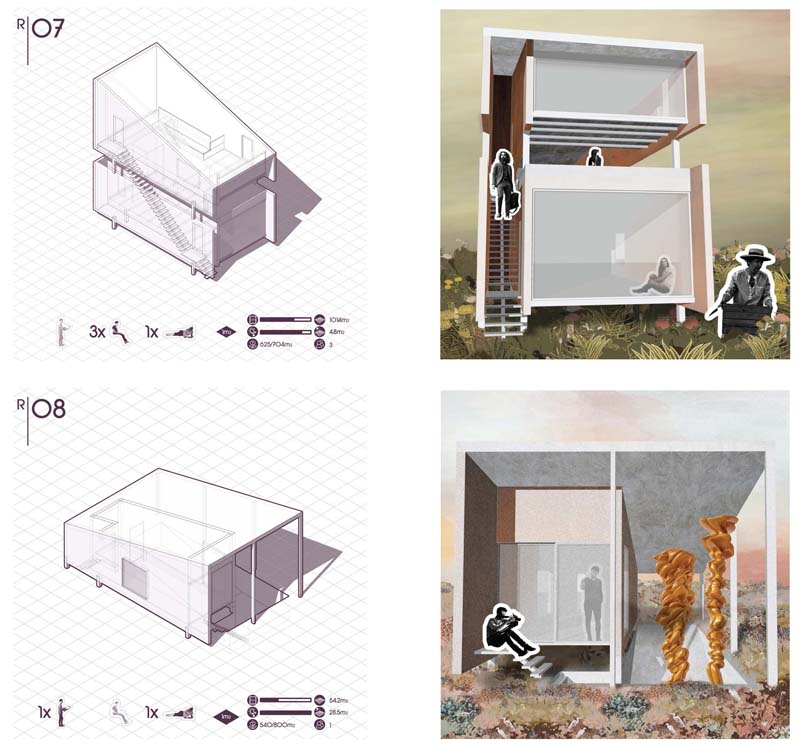

The idea of designing a meeting and work center for the arts (painting, sculpture, architecture, music, poetry), thinking, that is, the dialogue and the practices of expression, is of interest to us. It compiles the content of this design research. Research, collective investigations and moods in an ideal place isolated from the conventions of everyday life but also sometimes a gathering of larger groups for conferences, seminars and exhibitions of results are to create the functional and aesthetic background of architectural composition . In the landscape of Lake Carla, a landscape desolate and free for stochastic activities ,that will additionally ,be enhanced by technical and synthetic background choices, energy and functional autonomy (nutrition, accommodation, general environmental balance) of buildings, we will try to design and prove the relationship of an anthropogenic balanced intervention.
Supervisor: Stylidis Iordanis
Reference Number: 698
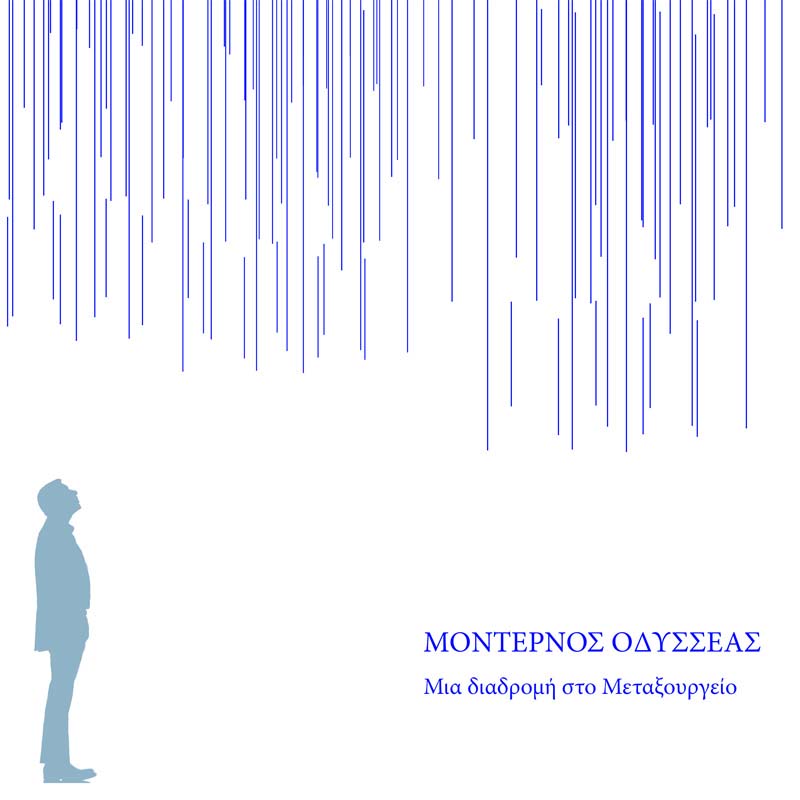

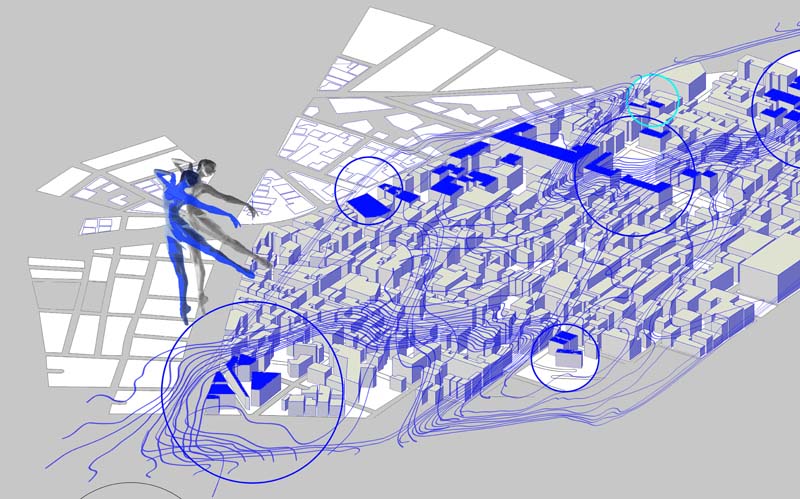



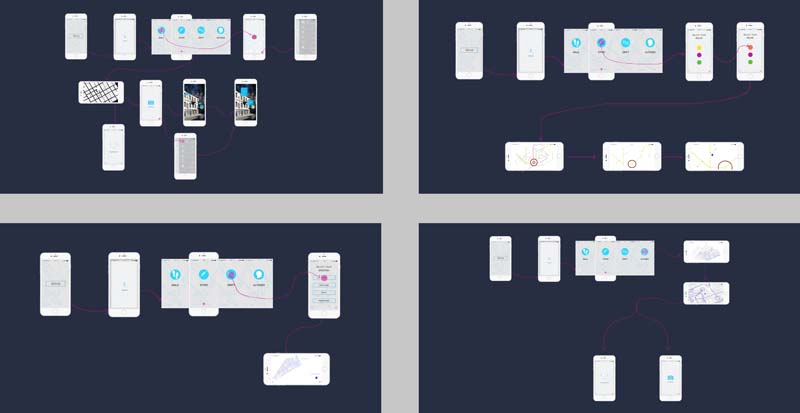

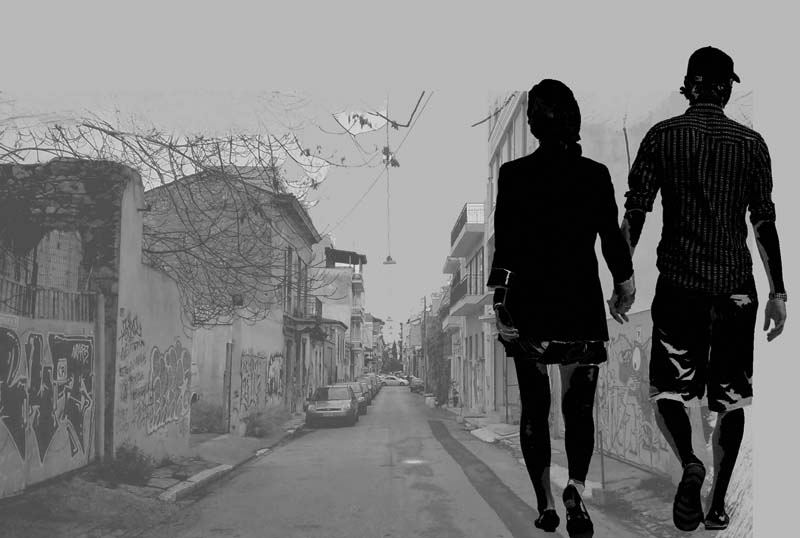



Nothing lasts forever.
Every physical object, including human existence, is subject to decay. Yet through the facility of memory, a trace remains of things that have gone before, both as tangible reminders as well as personal interpretations. Within the built environment, architecture has been said to perform as a mnemonic device.
As the architect and theorist Bernard Tschumi said, buildings stand in mute witnesses to human events. While architecture may represent an externalization of human actions and identity, buildings can be demolished someday.
If we accept that even the built environment is diminished, what remains then of human actions in this world? How might architecture be re-engaged to eternalize memory?
The question of this Diplomatic Thesis is, how the trace of humanity of a city can be preserved in the urban fabric, when a city is an urban palimpsest?
In the first part of the thesis, maps with various details about building, people and historic details are presented. In the second part an app was created, the use of which highlights the information and details recorded in the first part, while creating an interactive route in the neighborhood of Metaxourgeio.
The aim of this Diplomatic Thesis is to capture the Memory of the City by an expert citizen and to record routes / narratives. It is the creation of an experience in the urban fabric of Athens and the preservation of the history of the neighborhood of Metaxourgeio. It is a new way to observe the city.
Supervisor: Giannisi Phoebe
Reference Number: 695
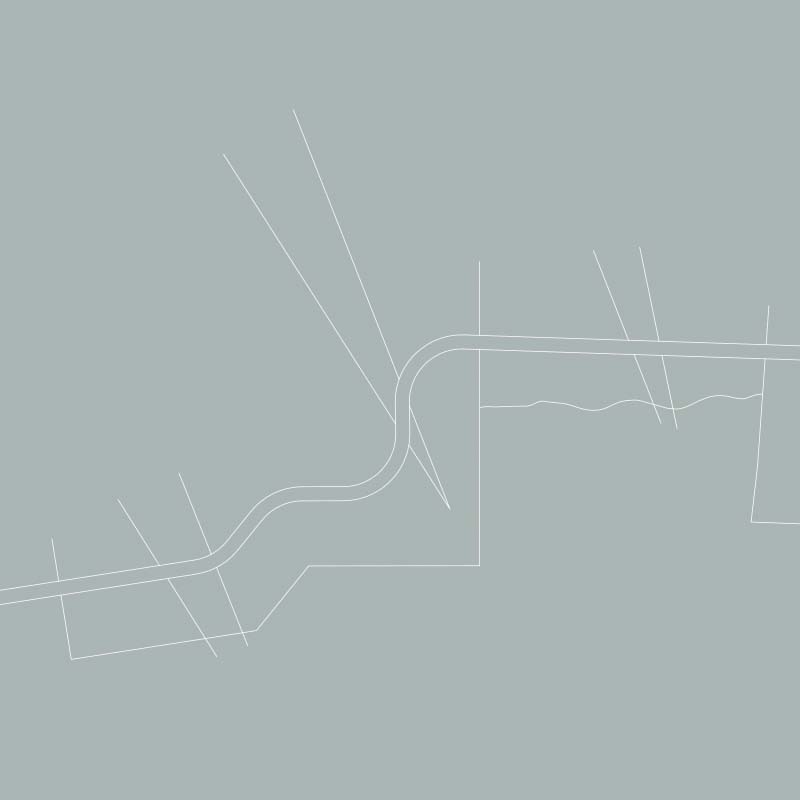

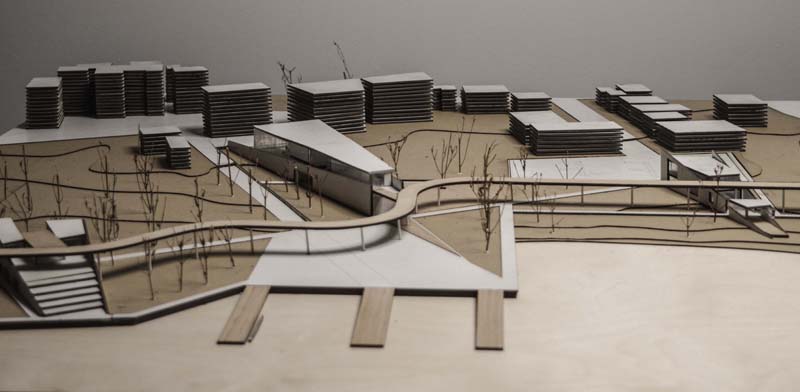

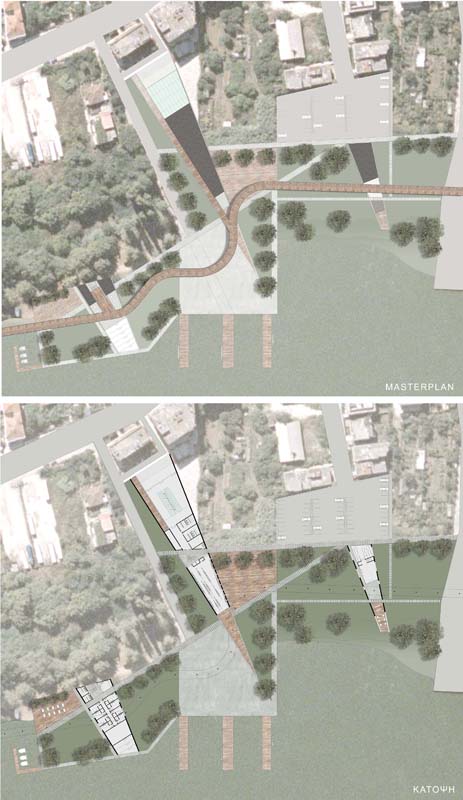







The diploma thesis presents a possible approach of a park design that concerns the lakefront of Ioannina city and in particular the part in which naval sports facilities are housed (rowing club of Ioannina). The proposal is based on real data and information as well as solves actual problems which the Nautical Club and the city of Ioannina faces on a daily basis. The project was based on two movements. The first one concerns the movement towards the lakeside and the second one parallel to it.
Specifically, the naval park and, consequently, the rowing facilities, lie in front of the unique accessible lake shore. However, the shore is cut off from the existing cycling and pedestrian lakeside route. The proposal of the thesis concerns both an attempt to redesign the nautical park of Ioannina, so that the nautical sports club of the city will be an attractive spot and also the trademark for a perimeter course of the Pamvotis lake. The design of the park was developed in two levels. The first one concerns the level of the park and the second one has to do with the route linked to the lake. The former has to do with the movement towards the lake and the latter with the movement parallel to it. Essentially, the park acquires a public character that accommodates the city's inhabitants, the athletes of the rowing club, visitors of the city, spectators, and major sports events. Combined with the construction of the elevated by the lake level cycling-walking route, waving between the natural landscape and the rowing facilities, the park is also accessible from the lakeside. This movement triggers the continuous circumferential path of pedestrians and cyclists around the lake, which was absent until now. It also contributes to the smooth running of the rowing sport, which needs direct access to the lake.
On the way from the city to the lake and also at places of the walking - cycling route, there are the premises, which house the heavy building program of the rowing club and the relevant uses. The building structures pop out from the ground and create conditions on either side of them that contribute to the function of the nautical park.
Supervisor: Paniyiris Costis
Reference Number: 692


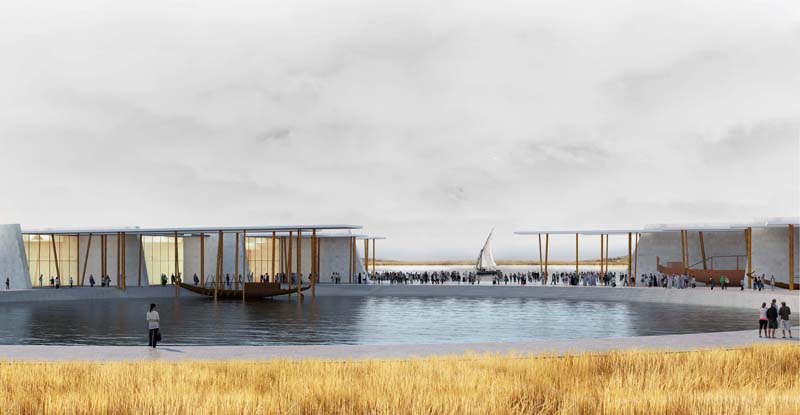







This thesis presents our proposal for the creation of a Museum of the Ancient Nile in Egypt in order to highlight the importance of the river for Egyptian civilization and its role in everyday life and human activities.
For ancient Egyptians this importance was revealed through their myths, traditions and religion, culminating in the deification of the river itself. The name Nile comes from Greek and, as mentioned in Hesiod's theology, he was a deity, one of the Rivers, sons of Ocean and Thetis. The word "museum" is also Greek and refers to sacred spaces dedicated to the Muses, to the nine deities, protectors of the Arts. A museum for the ancient Nile must therefore be taken as another "Sanctuary", dedicated to the water and culture that it gave birth to.
The building is located on the Nile coast, between the cities of Luxor and Aswan, and 12 km north of Edfu. This area hosts a multitude of ancient monuments in the river, which also affected the building's complex conception. A decisive role in the composition was played by the possibility of approaching the museum through the river but also through the road and rail network passing through the region.
Since it is a museum devoted to the Nile River, the very element of water was the basis of the synthesis idea. The river and irrigation canals of the area encircle the museum and define its space, creating a linear building alongside the bank. A characteristic feature of the building is the parallel stone walls, but also the two circular lakes that break this linearity by creating two cores on the outside of the museum. These synthetic elements are inspired by Egyptian history and culture, as are the columns supporting the sheds in the open air, in an effort to portray the image of the flooded Nile Valley.
Walls and columns emerge from the water and the museum transforms into a forgotten monument on the banks of the Nile, waiting for the visitor to explore it.
Supervisor: Manolidis Kostas
Reference Number: 685

